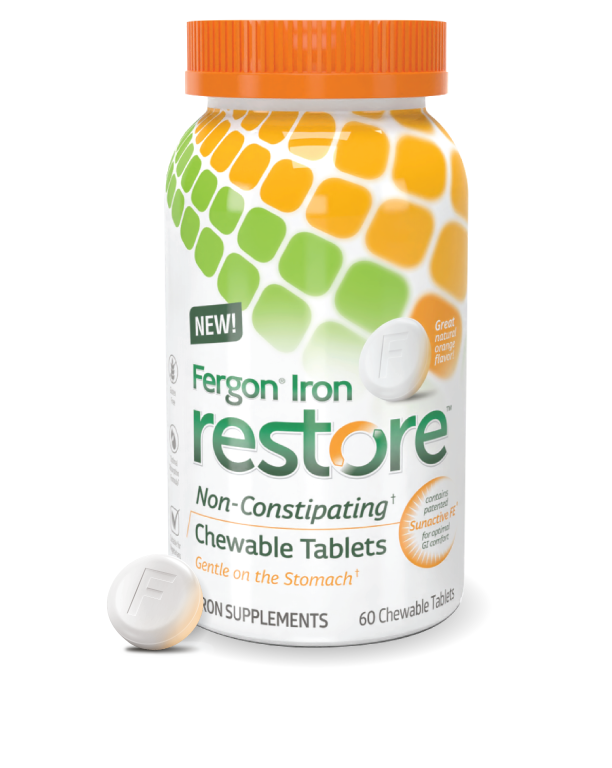Low iron levels are among the most common nutrient deficiencies in athletes and can lead to excessive fatigue and poor performance. In fact, studies have shown that approximately 56 percent of runners and joggers suffer from iron deficiencies that impact their performance and prevent them from reaching their goals.
Even with a balanced diet, runners lose iron in several ways, including through their feet. Find out what information athletes need to know about iron deficiency and how to limit iron loss from conditions like foot strike, and hemolysis.
Athletes and Iron
Iron is very important for runners and other athletes because exercise requires an ample flow of oxygen to the muscles, and red blood cells that contain the iron-rich protein, hemoglobin, are responsible for the transfer of oxygen. When an athlete does not have enough iron in the red blood cells, oxygen is limited and performance will decline.
Runners and other endurance athletes lose oxygen by sweating, through the GI tract, and during menstruation. However, iron can also be lost through the feet through a phenomenon called foot strike hemolysis. This is especially common among runners who frequently put in long distances.
Understanding Foot Strike
Foot strike refers to how and where the foot makes contact with the ground while walking, running, or engaging in any sport. This calculation is determined by an athlete’s speed, type of surface, and footwear worn, and that each foot hits the ground about 80 to 100 times per minute on average. Heel striking, forefoot running, and mid-foot striking gaits are all common, and studies have been conflicting as to which running style is best.
Yet 50 to 80 percent of runners are injured every year, often due to overuse and applying too much repetitive force. Lighter shoes with a flat heel-toe ramp angle can help prevent musculoskeletal injuries, as well as shortening the stride length. It may also help to practice a more upright running posture while leaning forward slightly and varying running services between pavement, grass, dirt trails, and synthetic tracks.
Understanding Hemolysis
Hemolysis occurs when red blood cells rupture, releasing hemoglobin into the surrounding fluid. Red blood cells typically survive about 120 days, but if they are being destroyed through intense exercise before new ones can replace them, an imbalance occurs.
Hemolytic iron deficiency can be intrinsic, which involves defective red blood cells, or extrinsic, which involves red blood cells that are damaged. Extrinsic hemolysis relates to foot strike when red blood cells burst in the blood vessels of the feet due to repetitive pounding on a hard surface. In severe cases, damaged muscle cells can excrete myoglobin into the blood, where the kidneys release it as urine. This is a serious condition called rhabdomyolysis that requires immediate medical attention.
How Athletes Can Prevent Iron Loss Through the Feet
Adjusting the running stride may help athletes prevent foot strike hemolysis, and continuously monitoring bodily iron levels is also essential for athletes. Iron-rich foods, like lean meats, eggs, oysters, dark green leafy vegetables, and legumes are beneficial additions to an athlete’s diet. Foods rich in vitamin C also assist with the absorption of iron in the body.
Athletes who suffer from consistent iron loss may benefit from taking a high potency iron supplement like Fergon.

